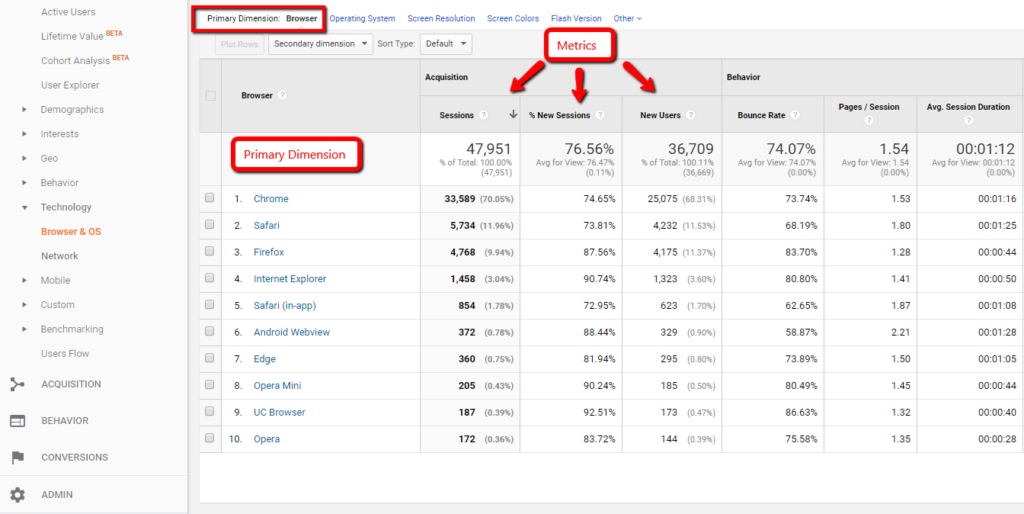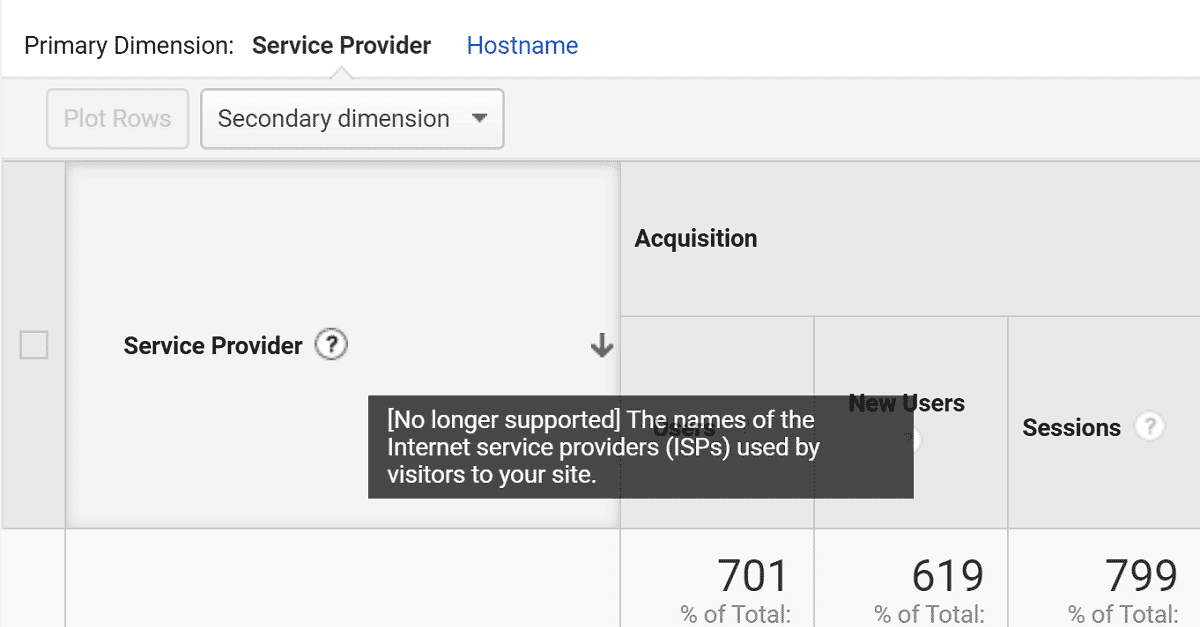Browsing the Depths of Additional Measurement in Google Analytics: A Thorough Expedition on Its Performance
Second dimensions, though apparently straightforward at initial glimpse, nurture a wide range of untapped potential waiting to be taken advantage of. As we embark on this trip to explore the nuanced functionality of second measurements, we will discover just how this attribute can brighten patterns, unveil connections, and ultimately lead the method for notified decision-making in the electronic landscape (what is a “secondary dimension” in google analytics?).
Understanding Second Dimensions in Google Analytics

Understanding exactly how second measurements job is critical for leveraging the complete power of Google Analytics. These dimensions assist you address a lot more intricate concerns about customer behavior and the performance of your site web content and advertising and marketing initiatives. You can make use of additional measurements to analyze which internet browsers or tools are most frequently made use of by site visitors who make an acquisition, or to contrast the bounce rates of different website traffic sources. By integrating main metrics with second measurements, you can acquire beneficial understandings that drive notified decision-making and optimization approaches - what is a “secondary dimension” in google analytics?.
Leveraging Secondary Dimensions for Information Evaluation
Structure upon the fundamental understanding of exactly how second dimensions improve information evaluation in Google Analytics, the usage of these added layers of details comes to be critical in extracting valuable understandings for informed decision-making and optimization methods. By leveraging additional measurements, analysts can delve deeper into the performance metrics by including more context to the main dimensions, hence discovering surprise patterns and relationships that could not be apparent at first glimpse. This much deeper degree of evaluation enables services to better comprehend customer behavior, identify trends, and identify locations for improvement.
Moreover, second measurements provide a more comprehensive view of the data, enabling for segmentation based on different parameters such as demographics, devices, website traffic sources, and much more. This segmentation helps with a much more granular evaluation, making it possible for businesses to tailor their approaches and projects to details audience sections for boosted targeting and customization. Basically, the tactical use of secondary dimensions encourages organizations to make data-driven decisions that drive growth and success in the digital landscape.
Advanced Strategies for Second Dimension Implementation
Exploring complex approaches to harness the complete potential of secondary dimensions in Google Analytics boosts the depth and refinement of information analysis for tactical decision-making. One sophisticated technique for carrying out additional measurements is the usage of customized measurements. Furthermore, combining additional dimensions with sophisticated segments can provide also much more granular understandings by using numerous layers of division to the information.
Interpreting Insights Via Secondary Dimensions

When interpreting insights via additional dimensions, it is crucial to think about the context of the information and how various dimensions communicate with each other. Understanding which particular web traffic sources lead to greater conversion rates or identifying which devices users choose for making purchases can offer actionable understandings for maximizing advertising and marketing projects and boosting overall web site efficiency. By thoroughly taking a look at the information with secondary measurements in mind, companies can make informed choices that drive meaningful results and boost their electronic existence.
Maximizing Efficiency With Secondary Dimensions

One vital method to enhance efficiency with secondary dimensions is by segmenting data much more granularly. This allows you to separate particular factors that might be influencing your metrics and get a far better understanding of what drives success or failure in your digital efforts. For instance, by integrating additional measurements such as 'gadget classification' and 'touchdown page,' you can pinpoint which tool kinds are most reliable for particular landing web pages, enabling you to customize your strategies accordingly.
Additionally, making use of secondary measurements can aid you recognize trends, patterns, and relationships that might not appear when assessing data with key measurements alone. This deeper level of evaluation can cause even more enlightened decision-making and inevitably enhance the general efficiency of your internet site or digital marketing projects.
Verdict
Finally, additional measurements in Google Analytics play a crucial role in enhancing information analysis and giving much deeper insights into internet site efficiency. By utilizing advanced strategies and translating the data properly, services can enhance their strategies and improve overall performance. Recognizing the capability of secondary measurements is necessary for making educated choices and driving success in the digital landscape.
By leveraging secondary dimensions, experts can delve much deeper right into the performance metrics by adding more context to the primary measurements, thus revealing hidden patterns and connections that may not be evident at initial look. One advanced strategy for executing this content second measurements is the usage of custom-made measurements.Having actually understood advanced techniques like custom measurements and regex for additional dimension execution in find out this here Google Analytics, the next vital action is interpreting the useful insights obtained through these sophisticated data division approaches. Interpreting understandings with second dimensions involves assessing the relationships in between the secondary and main dimensions picked, uncovering patterns, fads, and relationships that may not be immediately obvious when looking at the information in its whole.When interpreting understandings with second dimensions, it is vital to take into consideration the context of the data and exactly how various measurements communicate with each various other.